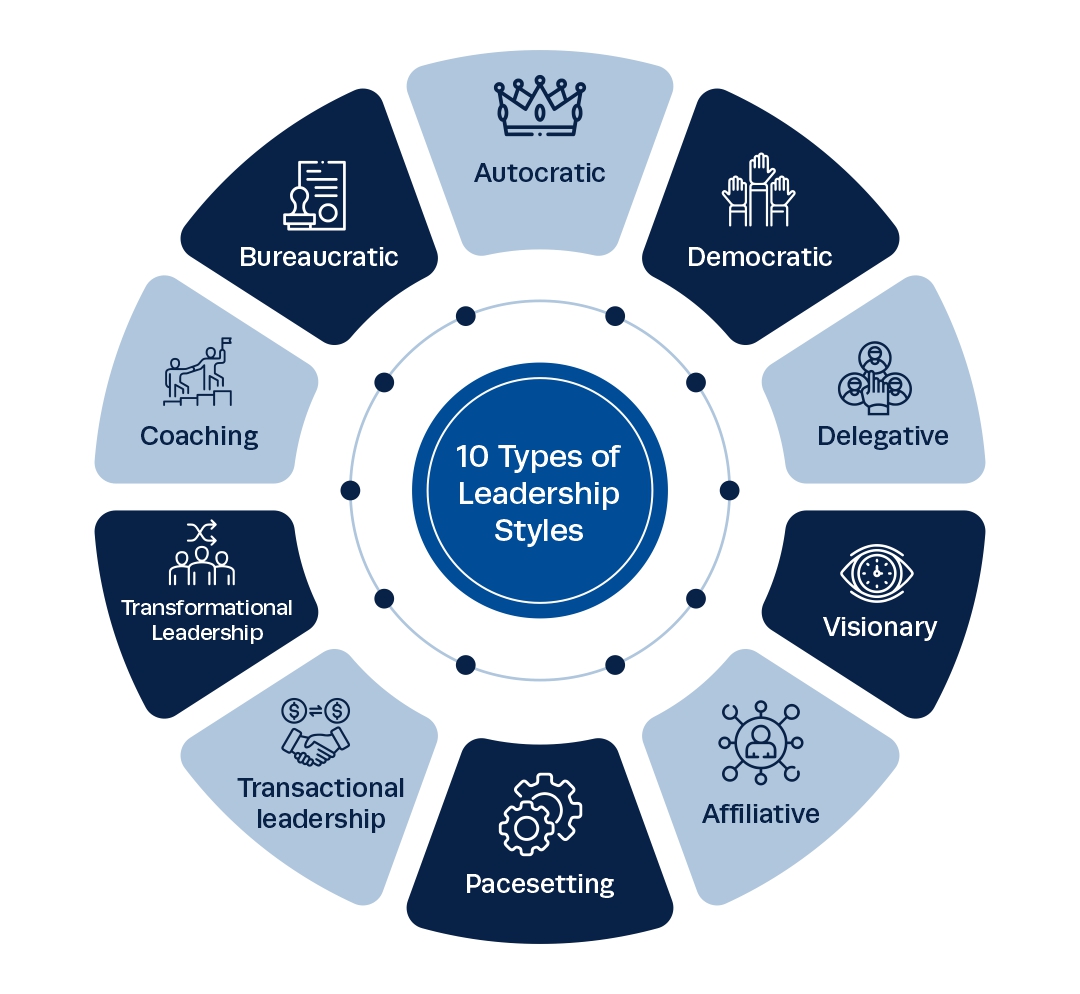6 Levels Of Leadership
6 Levels Of Leadership
Blog Article

Recently I came throughout a similar remark in the book The Discovery written by Steve Shagan in 1984, "we are what we do." The character in this book mentioned Albert Camus, a 1957 winner of the Nobel reward in literature.
Possibly the most conventional way of looking at leadership types is a business leader or business leader - somebody who holds a position in their organization that is viewed as a management position. This may be a president or vice president, or it may be a manager or group leader. It tends to be someone who has direct reports that are wanting to that person for instructions. Let's call this: a service or business leader.
Much of you play a management role in your household. As mother and fathers we might think about ourselves as leaders, but you might be leaders as brothers or cousins or aunties or siblings just by being the sort of people who are responsible for developing a family environment. Let's describe this as: a family leader.
High in human potential: A HOPE culture recognizes unconditionally that the long term success of the organization will be based on how it values its individuals. They are any company's biggest possession. Ask yourself: Do you pay as much business leadership types attention to your human prospective account as your bank account?
Another thing excellent leaders do is to ensure everyone who is working for them understands the expectations. You must have the ability to interact well, but you also need to be able to clearly define the expectations of those working for you. Do you show your vision and make it actionable for those who are dealing with you?
To be a leader at the business or organization indicates to be a strong, effective, clever, all-round, enthusiastic person. Genuine leaders consistent with these functions.
At the start we all took a seat and figured out, as a group, where it was that we desired to go. We all had our viewpoints and they were all made a note of. We aimed to see which ones we shared therefore providing us our "buy-in." We set short-term goals that we wished to attain, both private and as a group, and consisted of a timeframe in which to complete it. We likewise set our long term goals and the actions that it would take us to achieve it.
It is simple to lead and purchase individuals around. It is more challenging to get their hearts. When you show that you are a great fan, you can also reveal them that you are a fantastic leader.